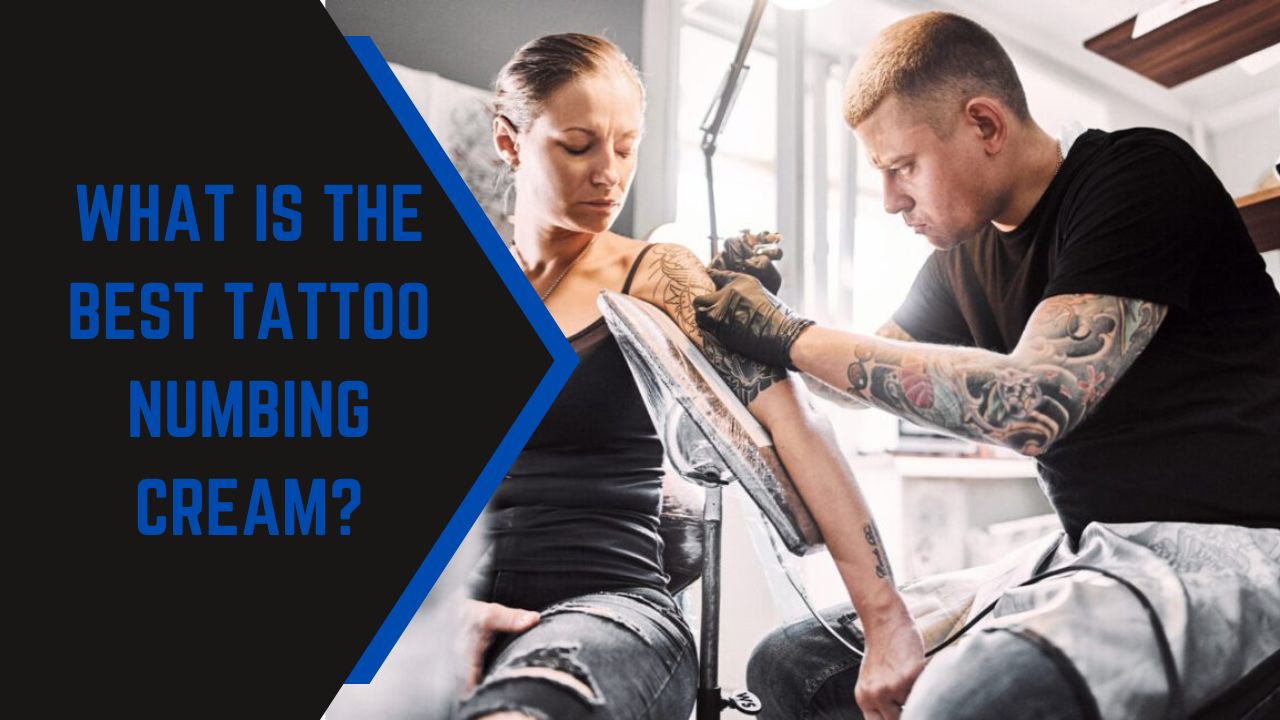Having a tattoo can be a very daunting experience, particularly if it is your first time. Tattoos are endless, so it is important to ensure that you are 100% happy with the design before going ahead with the inking. One of the main problems people have is pain. Tattoos can be quite painful, especially if they are big or in a sensitive area. This is where numbing cream comes in. Numbing cream helps to reduce the pain by numbing the area before the tattooing begins.
How does tattoo numbing cream work?
Tattoo numbing cream is a topical anesthetic that helps to numb the skin before tattooing. It works by temporarily numbing the nerve endings in the area to be tattooed, which helps to reduce pain and distress during the procedure. Most tattoo numbing creams contain lidocaine, an anesthetic also used in dental procedures.
To use tattoo numbing cream, apply it to the area of skin that will be tattooed, typically about 30 minutes before the procedure begins. The cream must be reapplied every few hours during the tattooing process to maintain its effectiveness. Once the tattoo is complete, the numbness should wear off within a few hours.
What are the benefits of using tattoo numbing cream?
Tattoo numbing cream can aid reduce the pain and discomfort associated with getting a tattoo. The cream works by numbing the skin, which can help to reduce the sensation of needles during the tattooing process. Numbing creams typically contain lidocaine; a common anesthetic used to numb the skin.
There are a number of benefits associated with using tattoo numbing cream:
- It can help to reduce the pain associated with getting a tattoo.
- The cream can help to reduce the amount of bleeding that occurs during the tattooing process.
- It can help to reduce the risk of infection associated with tattoos.
- It can help to speed up the healing process after a tattoo is completed.
Are There Any side effects of tattoo numbing cream?
Yes, there can be some side effects associated with tattoo numbing cream. The most typical side effect is skin irritation. This can occur if the cream is not applied properly or is left on for too long. Other potential side effects include allergic reactions, dizziness, and headache. It is important to read the instructions carefully before using any type of numbing cream and to follow all directions closely. If you face any side effects, stop using the cream immediately and consult your doctor.
Which Tattoo Numbing Cream Is Right for Me?
Now that we’ve answered the query “what is tattoo numbing cream?” It’s time to take a look at some of the best tattoo cream options on the market to choose the right one for your needs. Here are three of the best tattoo numbing creams on the market:
LidoRX 7% Lidocaine Numbing Cream:
This topical anesthetic contains 7% lidocaine, making it one of the strongest options on the market. It comes in a suitable pump dispenser bottle and can be applied directly to the skin before a tattoo.
Numb Master 5% Lidocaine Numbing Cream:
This cream contains 5% lidocaine, making it ideal for those with sensitive skin. It comes in a twist-up tube for easy application and can be used before, during a tattoo procedure, or after a tattoo to help relieve soreness.
HUSH Anesthetic Gel:
This unique gel uses 2% lidocaine as its active ingredient. It also contains aloe Vera and chamomile extract to help soothe and protect the skin. HUSH Anesthetic Gel can be applied directly to the skin before getting a tattoo or during a tattoo procedure.
Conclusion:
If you are thinking of getting a tattoo, you may wonder if using tattoo numbing cream is a good idea. The answer is that it relies on your personal preference. Some people find that having a topical analgesic helps them to relax and enjoy their tattoo experience, while others prefer to tough it out without any kind of pain relief. Of course, both approaches have pros and cons, so it ultimately comes down to what you are comfortable with. Whichever way you decide to go, we wish you all the best with your new ink!

Leave a Reply